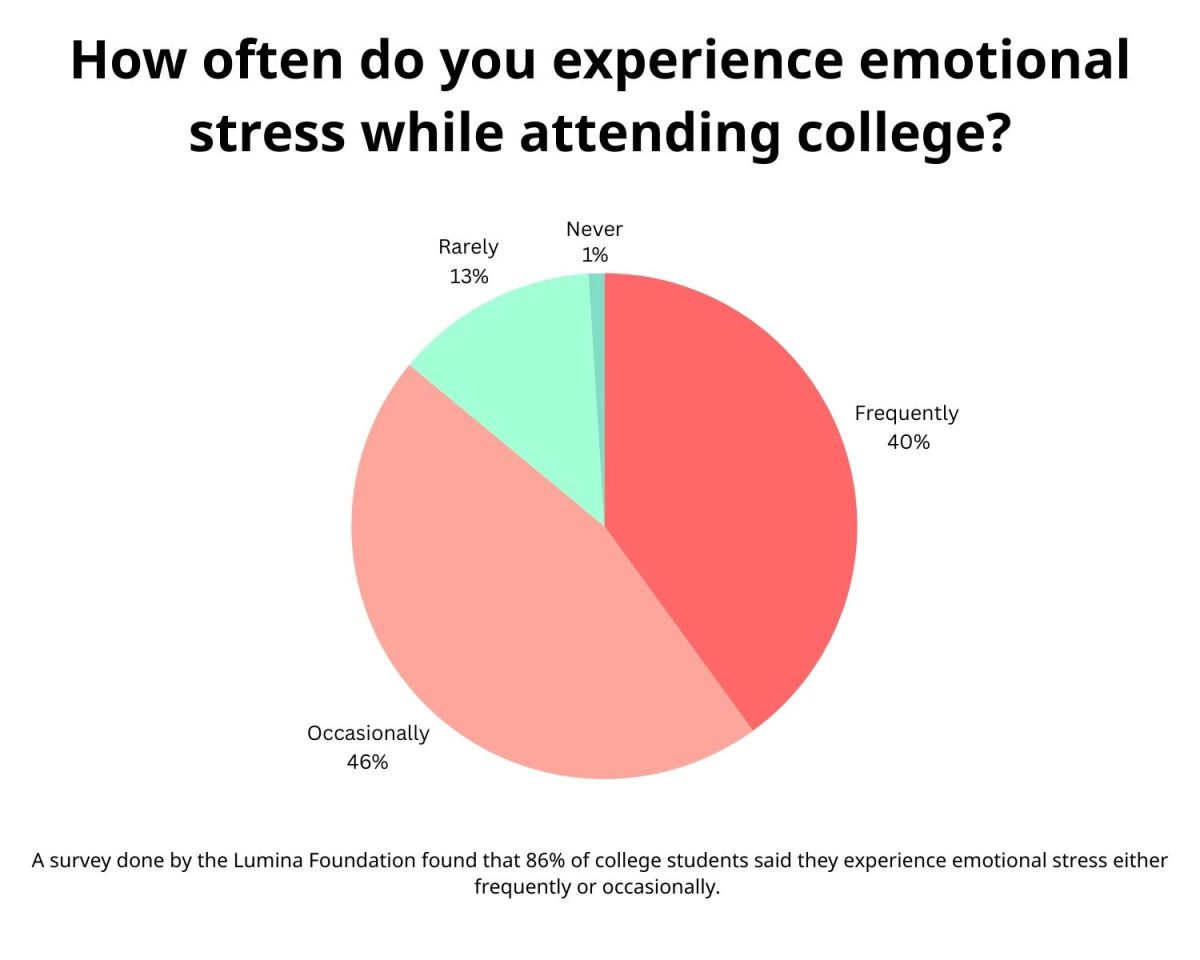In my first article on this topic, I discussed the history of the suicide epidemic in Micronesia during the middle of the 20th century. I felt there were some lessons Americans could learn about our mass shooting problem by examining this epidemic.
I want to go more into depth on explaining those connections in this second piece. As I said previously, the suicides rose during the 1960s through the 1980s in Micronesia, and they were heavily concentrated among males between the ages of 15-24. The suicides were also eerily similar in the way they were committed, because they were nearly all an augmented form of hanging.
I also brought up how this case was used by Malcolm Gladwell in his book The Tipping Point. He focused on how events like these suicides can influence social behavior regarding these “tipping points.”
According to W. Chan Kim and Renee Mauborgne in the Harvard Business Review, tipping points have their roots in epidemiology, but generally, they are known as any time the convictions and energies of people are engaged to the point where a new idea or practice will spread quickly.
Basically, the suicide epidemic in Micronesia became so serious because a concentrated group of males discovered a new practice to deal with perceived societal slights. It seemed startling and confusing to outsiders to observe so many young men killing themselves over seemingly small offenses, much in the same way we puzzle over why America has experienced so many mass shootings in recent years.
It is in this reflection on “tipping points” where I believe we can find the missing element to our conversations. Let us revisit why mass shootings are so appalling and absurd. We are talking about people, often men, who have made a conscious choice to slaughter large groups of people, many of whom they do not even know.
The most accurate example of this is probably the Las Vegas shooting committed by Stephen Paddock.
According to a report from CBS, Paddock spent time scouring the Internet looking for the ideal crowded venue to carry out his shooting. It is clear Paddock not only made a conscious choice, but spent extensive time finding the right place to commit this act of violence. Yet it has proved nearly impossible for the FBI and the Las Vegas police to identify a specific reason for why he decided to murder those 58 people.
It is in looking for the answer to this question where I offer this explanation: just as suicides became a commonplace occurrence among young men in Micronesia, so too have mass shootings become a form of perverse self-expression for some men in the U.S..
In essence, mass shootings have started to beget more mass shootings. For this small group of men, they have been given a type of go-ahead signal from the mass shooters before them. I feel this is important for us to understand because it cuts to the heart of the problem.
There are tons of people in the U.S. who own firearms, and frankly, there are also a great many people who suffer from some sort of mental illness. However, the majority of the people in these two groups do not go around committing such atrocities. Thus, I think it is unfair for us to only focus on these two groups and make sweeping generalizations about how to put an end to mass shootings.
This is not to say we should not pursue public policies to help address the problems which can arise in the market for gun sales. In fact, this is not even an unpopular opinion among many in the U.S..
According to a Gallup poll from October 2017, 60 percent of participants said gun laws in the U.S. should be made stricter, while only five percent thought they should be less strict. The public support would also likely be there for reformations on how we respond to and treat mental illnesses.
However, it is time for us to recognize in this epidemic we face, public policy changes may not be the cure-all so many of us have hoped for. We are confronting a phenomenon which has rooted itself into the underbelly of our society, and it could prove to be far more difficult to eradicate than we would like.
Like the suicides in Micronesia, we have crossed the “tipping point” where the practice of committing a mass shooting has become commonplace simply because it has been carried out so many times before. Ultimately, it is in grasping this phenomenon where we can make the most progress in our decisions on how to confront our mass shooting epidemic.
Categories:
Part two: what is missed in the conversation about mass shootings
0
Donate to The Reflector
Your donation will support the student journalists of Mississippi State University. Your contribution will allow us to purchase equipment and cover our annual website hosting costs.
More to Discover






